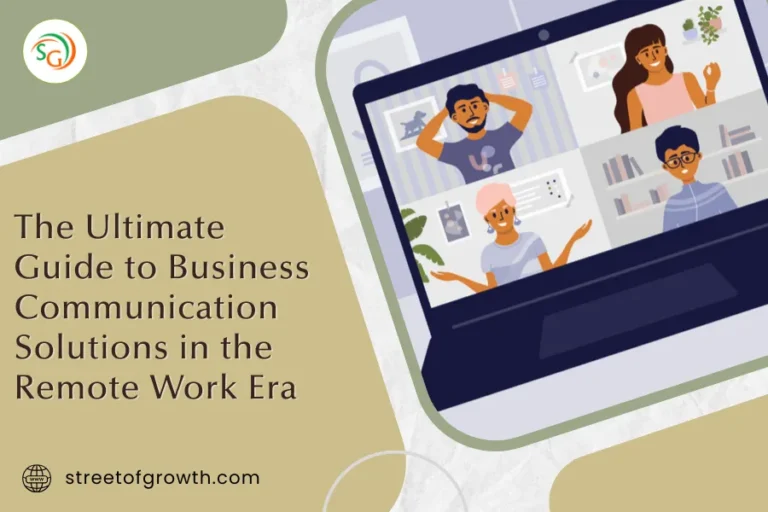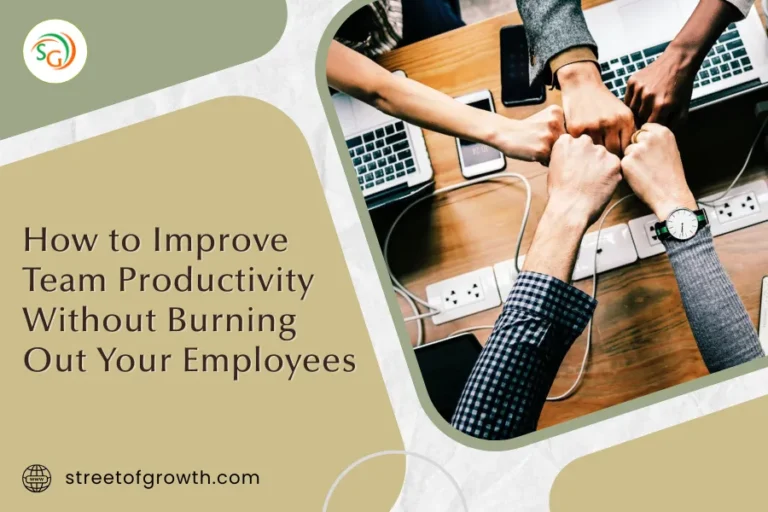10 Proven Employee Engagement Strategies That Actually Work in 2025
Keeping your team engaged in 2025 is no longer about free snacks or casual Fridays. If you’re short on time, here’s a quick win: start by asking employees how they feel once a week. Then act on one thing they say. This simple habit builds trust fast. Want to keep that momentum going? Let’s explore the strategies that truly work.
Whether you run a small business or manage a growing team, these engagement tactics are designed for today’s workplace, remote, hybrid, and everything in between.
1. Build Real-Time Two-Way Communication
Gone are the days when annual surveys were enough. In 2025, employees expect to be heard and more importantly, see action taken.
Modern workplaces are using tools like weekly pulse surveys, anonymous suggestion boxes, and even Slack polls. But it’s not the tool that matters most. It’s what happens next. If employees speak up and hear nothing back, engagement drops. The best companies close the loop by summarizing employee input and taking quick action, even if it’s small. This makes people feel seen, and that drives trust.
2. Train Managers to Be Coaches, Not Bosses
Managers play the biggest role in how engaged a team feels. In fact, studies still show that up to 70 percent of engagement depends on direct managers.
The best-performing companies in 2025 are not telling managers to “motivate the team.” They’re teaching them to coach. That means asking good questions, listening without jumping to solve, and focusing on growth. When managers act like coaches, employees feel supported rather than micromanaged. That support encourages risk-taking, learning, and stronger performance.
3. Tie Daily Work to a Bigger Purpose
People don’t just want a paycheck. They want to feel like their work matters. If an employee doesn’t see how their effort connects to the company’s mission, they’re more likely to disconnect.
You don’t need a fancy mission statement to make this work. A quick sentence at the start of a team meeting can do the trick. For example, “This project helps our users feel more secure online.” When employees see the purpose behind their tasks, even boring work becomes more meaningful.
4. Make Recognition Frequent and Specific
Generic praise like “Good job” is easy, but it doesn’t stick. Employees need to know exactly what they did well and why it matters.
In 2025, smart companies are using peer-to-peer recognition platforms, team shout-outs, and simple praise in meetings. The key is to make it timely and specific. For example: “Thanks for staying late yesterday to fix that client issue. It really helped us hit the deadline.” That kind of feedback boosts morale, loyalty, and overall engagement without costing a dime.
5. Offer Flexible Work with Clear Expectations
Flexibility is not a perk anymore. It’s expected. But flexibility without structure can create confusion. That’s why high-trust teams in 2025 mix freedom with clarity.
This means allowing employees to choose when and where they work while setting clear goals and communication rules. For example, define when team members should be online, how meetings will work, and how updates are shared. This avoids burnout, improves accountability, and keeps people connected, whether they’re in the office or across the country.
6. Invest in Manager Development
Managers are often promoted for doing great work, not for leading people. But managing people is a skill that needs training and support.
Leading companies are offering monthly workshops, digital coaching tools, and on-demand resources. Even simple weekly check-ins with HR or senior leaders can help new managers feel less alone. When managers grow, teams thrive. And when managers are ignored, burnout spreads fast. In 2025, developing your managers is one of the smartest moves for long-term engagement.
7. Provide Cross-Functional Growth Opportunities
Most employees want to grow, but not everyone wants a promotion. Some just want to learn something new or work on a different kind of project.
That’s where short-term projects across departments come in. A marketer might join a product sprint. An analyst could assist with an HR dashboard. This keeps things fresh and builds collaboration. When people feel they’re learning and evolving, they’re less likely to leave, even if you can’t give them a raise right now.
8. Shift from Annual Surveys to Micro-Feedback
The annual engagement survey is fading fast. Instead, more companies are checking in weekly or monthly.
These shorter surveys ask just a few key questions like, “Do you feel valued this week?” or “What’s one thing we should fix?” This kind of frequent feedback keeps leaders informed and helps spot small issues before they become big ones. It also shows employees that their voices matter year-round—not just once a year.
9. Use Smart Technology That Helps, Not Hurts
The tools your team uses every day can either help them get work done, or frustrate them into disengagement. Productive teams rely on smooth digital tools. The World Economic Forum’s Future of Jobs Report emphasizes that companies investing in tech and upskilling will have more resilient and engaged workforces.
That’s why organizations in 2025 are focusing on tech that actually supports employees. This includes seamless collaboration tools, intuitive learning platforms, and simple automation for boring tasks. But here’s the secret: don’t just buy software. Train people well, offer support, and regularly ask if the tools are working. A great app means nothing if no one knows how to use it.
10. Support Mental Health, DEI, and Resilience Together
In 2025, the best engagement strategies look at the whole person, not just the job title. That means mental health support, inclusive workspaces, and programs that build both personal and team resilience.
Companies are offering mental health days, therapy stipends, and well-being check-ins. But support also includes making sure all employees feel included and respected. That’s where DEI (diversity, equity, and inclusion) comes in. Whether it’s pronoun visibility, fair pay audits, or safe reporting channels, employees feel more connected when they know their identity is respected. Resilient workplaces don’t happen by accident, they are built on daily habits, honest conversations, and inclusive systems that treat people like people.
Conclusion: Keep It Human, Keep It Consistent
Employee engagement in 2025 is not about fancy apps or complicated strategies. It’s about showing your team that they matter, every day.
Start small. Ask questions. Recognize wins. Give your managers tools, not pressure. Build purpose into every task, and listen more often than you speak. Whether you run a small team or a fast-growing startup, these strategies will help you build a place where people don’t just show up—they care.
Remember, engagement isn’t a one-time push. It’s a culture you build step by step, one meaningful action at a time.
Read also: How to Improve Team Productivity Without Burning Out Your Employees
📌 Summary: 10 Engagement Strategies That Actually Work
- Start real-time two-way conversations with your team
- Train managers to coach, not control
- Connect daily tasks to meaningful outcomes
- Recognize effort frequently and with context
- Offer flexibility with clear, shared expectations
- Support your managers with tools and training
- Let employees grow across teams with stretch projects
- Use micro-feedback often instead of yearly surveys
- Invest in technology that removes friction
- Prioritize mental health, inclusion, and workplace resilience
These aren’t just ideas, they’re real strategies working in modern companies right now.




